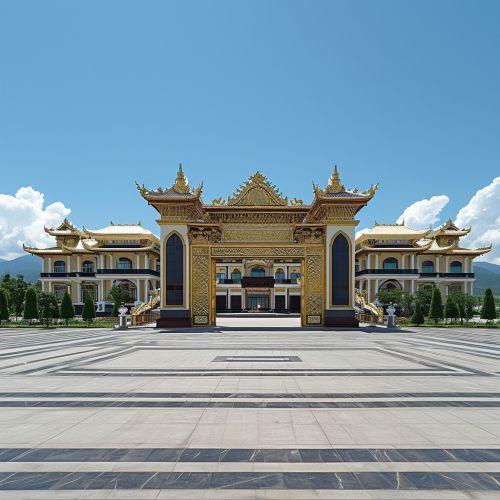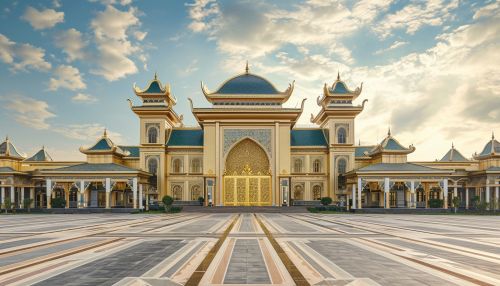Palace of Versailles
History
The Palace of Versailles, located in the Île-de-France region of France, is a monumental architectural complex that served as a royal residence for over a century. Its construction began in 1623 under the reign of Louis XIII, who initially used it as a hunting lodge. The palace was expanded by his son, Louis XIV, who transformed it into a magnificent symbol of the absolute monarchy of the Ancien Régime.


The palace's expansion was primarily carried out in four phases between 1661 and 1710, under the supervision of architects Louis Le Vau, Jules Hardouin-Mansart, and landscape architect André Le Nôtre. The result was a sprawling complex that included the palace itself, vast gardens, a park, and the Trianon Palaces and Marie Antoinette's estate.
Architecture
The architecture of the Palace of Versailles is a testament to the French Baroque style, characterized by grandeur, symmetry, and an integration of architecture and landscape. The palace's façade is adorned with ornate decorations, including sculptures, reliefs, and frescoes, all of which contribute to its opulence.
The palace's most famous room, the Hall of Mirrors, is a masterpiece of Baroque architecture. The hall, which spans over 73 meters in length, is lined with 17 large mirrors on one side, facing 17 windows on the other. The ceiling, painted by Charles Le Brun, depicts various scenes from the reign of Louis XIV.
Gardens and Park
The gardens of Versailles, designed by André Le Nôtre, are as impressive as the palace itself. They are laid out in a formal French garden style, featuring geometrically aligned terraces, flower beds, tree-lined paths, ponds, and fountains. The gardens also house several structures, including the Grand Trianon, the Petit Trianon, and the Queen's Hamlet.
The park of Versailles, which surrounds the gardens, is a vast expanse of woodland and grassland. It was used for hunting and leisure activities by the royal family and court.
Legacy
The Palace of Versailles is not only a symbol of the absolute monarchy of the Ancien Régime but also a reflection of its downfall. It was the center of political power in France until 1789, when the royal family was forced to return to Paris during the French Revolution. Today, the palace is a UNESCO World Heritage site and one of the most visited tourist attractions in France.
